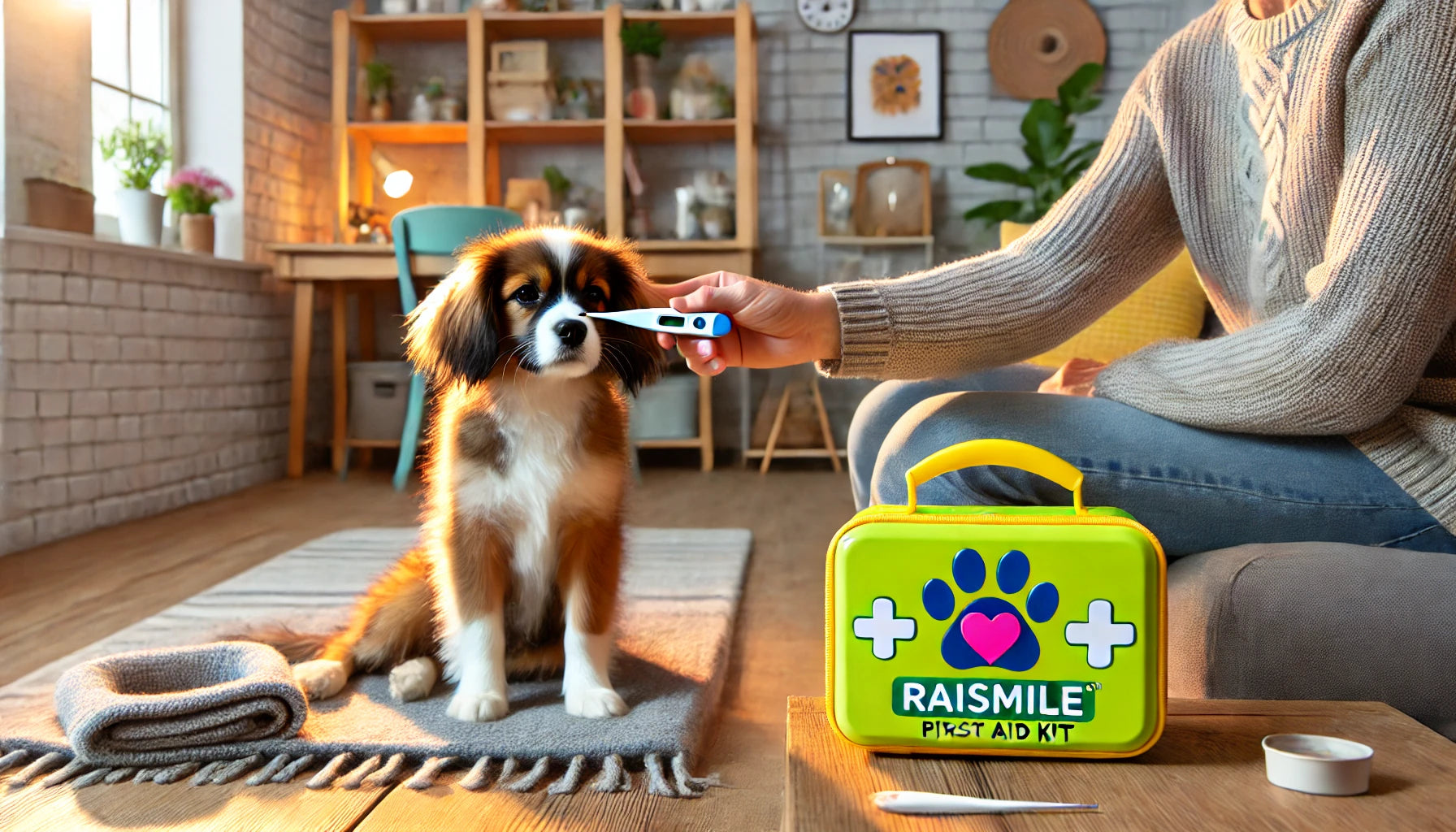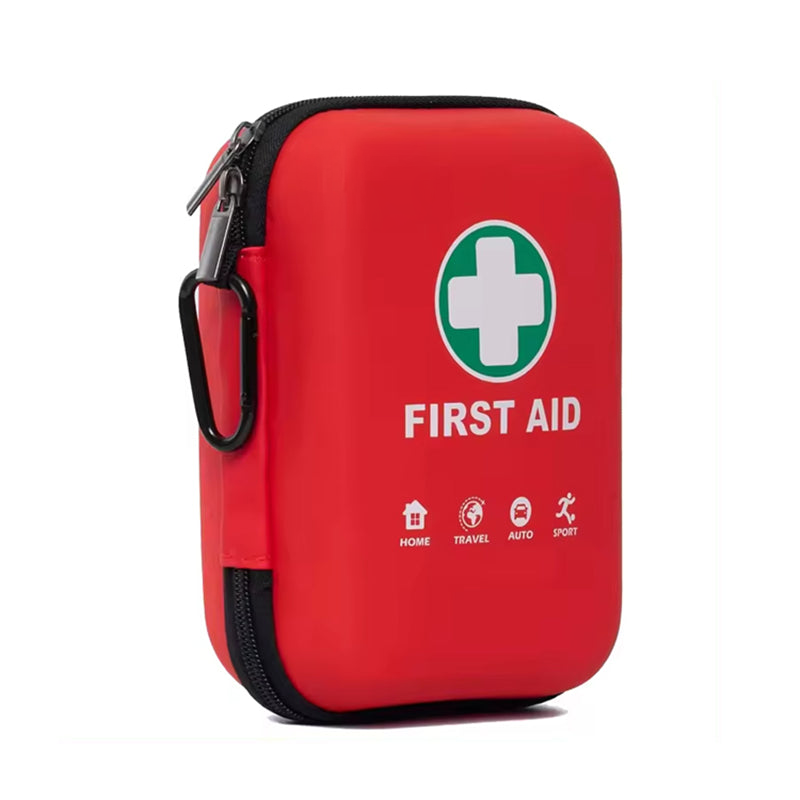How to Use Pet Electronic Thermometers Correctly

As a pet owner, your furry friend's health is always a top priority. Just like humans, pets can fall ill, and monitoring their body temperature is a crucial part of keeping them healthy. Understanding how to use a pet electronic thermometer correctly is of vital importance. It allows you to quickly detect any abnormal fever or hypothermia in your pet, enabling you to take prompt action and seek veterinary care if necessary. In this blog post, we'll guide you through the proper usage of pet electronic thermometers to ensure you can care for your pet like a pro.
Understanding Pet Electronic Thermometers: Design and Functional Features
Pet electronic thermometers are designed with both functionality and pet comfort in mind. Most come in a sleek, compact design, making them easy to handle and store. The exterior is often made of durable yet gentle materials, ensuring it won't harm your pet's delicate skin or fur. Some thermometers have a flexible tip, which is especially useful for rectal measurements as it minimizes discomfort for your pet.
In terms of functionality, these thermometers are highly accurate, providing quick readings within seconds. They usually feature a clear digital display, so you can easily read the temperature even in low light conditions. Common uses of pet electronic thermometers include checking for fever during illness, monitoring body temperature after surgery, or simply keeping an eye on your pet's general health status.
Before Use: Ensuring Safe Operation
Before you start using the pet electronic thermometer, there are several essential steps to take. First, make sure your hands are clean and dry. This simple measure helps prevent the transfer of any bacteria or germs to your pet or the thermometer. Next, check the thermometer's battery. A low battery can lead to inaccurate readings, so it's crucial to replace it if needed. You should also familiarize yourself with the thermometer's buttons and functions. Read the user manual carefully, if you're unsure about any of the operations.
It's also a good idea to calm your pet down before the measurement. Pets can sense your anxiety, so speaking softly and gently petting them can help them relax. If your pet is overly agitated, it might be best to wait a bit until they've settled.
Step-by-Step Guide: How to Use the Electronic Thermometer Safely and Effectively
Confirm the Purpose
Decide whether you need to take your pet's rectal, ear, or armpit temperature. Rectal measurements are generally the most accurate but might require more patience and care. Ear thermometers are quick and less invasive, while armpit measurements are the easiest but can be slightly less precise.
Secure Your Pet
For rectal measurements, have someone assist you if possible. Gently hold your pet in a comfortable position, ensuring they can't move suddenly. You can wrap them in a towel to provide extra security and warmth. If using an ear or armpit thermometer, simply place your pet in a calm, seated position.
The Operation Process
If it's a rectal thermometer, apply a small amount of lubricant (usually provided with the thermometer) to the tip. Slowly and carefully insert the thermometer into your pet's rectum, following the recommended insertion depth specified in the manual. For ear thermometers, gently insert the probe into the ear canal, aiming it towards the eardrum. With armpit thermometers, place the thermometer snugly in your pet's armpit and hold it in place. Then, press the measurement button and wait for the beep indicating the reading is complete.
Check the Results
Once you hear the beep, carefully remove the thermometer and read the temperature on the display. Normal body temperatures vary depending on the pet species. For dogs, it's typically around 100°F to 102.5°F (37.8°C to 39.2°C), while for cats, it's about 100.5°F to 102.5°F (38.1°C to 39.2°C). If the temperature is outside this range, consult your vet immediately.
Cleaning and Storage: Maintaining Your Pet Electronic Thermometer
After using the thermometer, it's essential to clean it properly to ensure its accuracy and hygiene. Use a soft, damp cloth or cotton swab dipped in rubbing alcohol to gently wipe the thermometer's tip and body. Avoid getting water inside the device as it can damage the electronics.
Let the thermometer dry completely before storing it. You can leave it in a clean, dry place at room temperature. Many thermometers come with a protective case, which is perfect for storage and helps prevent damage.
Regularly check the thermometer for any signs of wear and tear, such as a cracked display or a damaged probe. If you notice any issues, it's best to replace the thermometer to ensure accurate readings.
Precautions and Common Mistakes to Avoid
Avoid Misuse
Never use a human thermometer on your pet, as they have different temperature ranges and accuracy requirements. Using the wrong thermometer can lead to incorrect readings and misdiagnosis.
Control Your Force
When inserting a rectal thermometer, be extremely gentle. Applying too much force can cause injury to your pet's rectum, leading to pain and potential bleeding.
Prompt Action
If your pet shows any signs of discomfort during the measurement or if the temperature reading is abnormal, don't hesitate to contact your vet right away. Early intervention can make a huge difference in your pet's recovery.
Take Action Now: Prepare for Your Pet's Emergencies
Knowing how to use a pet electronic thermometer is just one part of being a responsible pet owner. To be fully prepared for any pet emergencies, consider investing in a pet emergency first aid kit. It contains essential items like bandages, antiseptic wipes, and medications, which can come in handy when your pet gets injured or falls ill unexpectedly.
We hope this guide has been helpful in teaching you how to use a pet electronic thermometer correctly. If you have any questions or experiences to share, feel free to leave a comment below. Let's work together to keep our furry friends healthy and happy!
